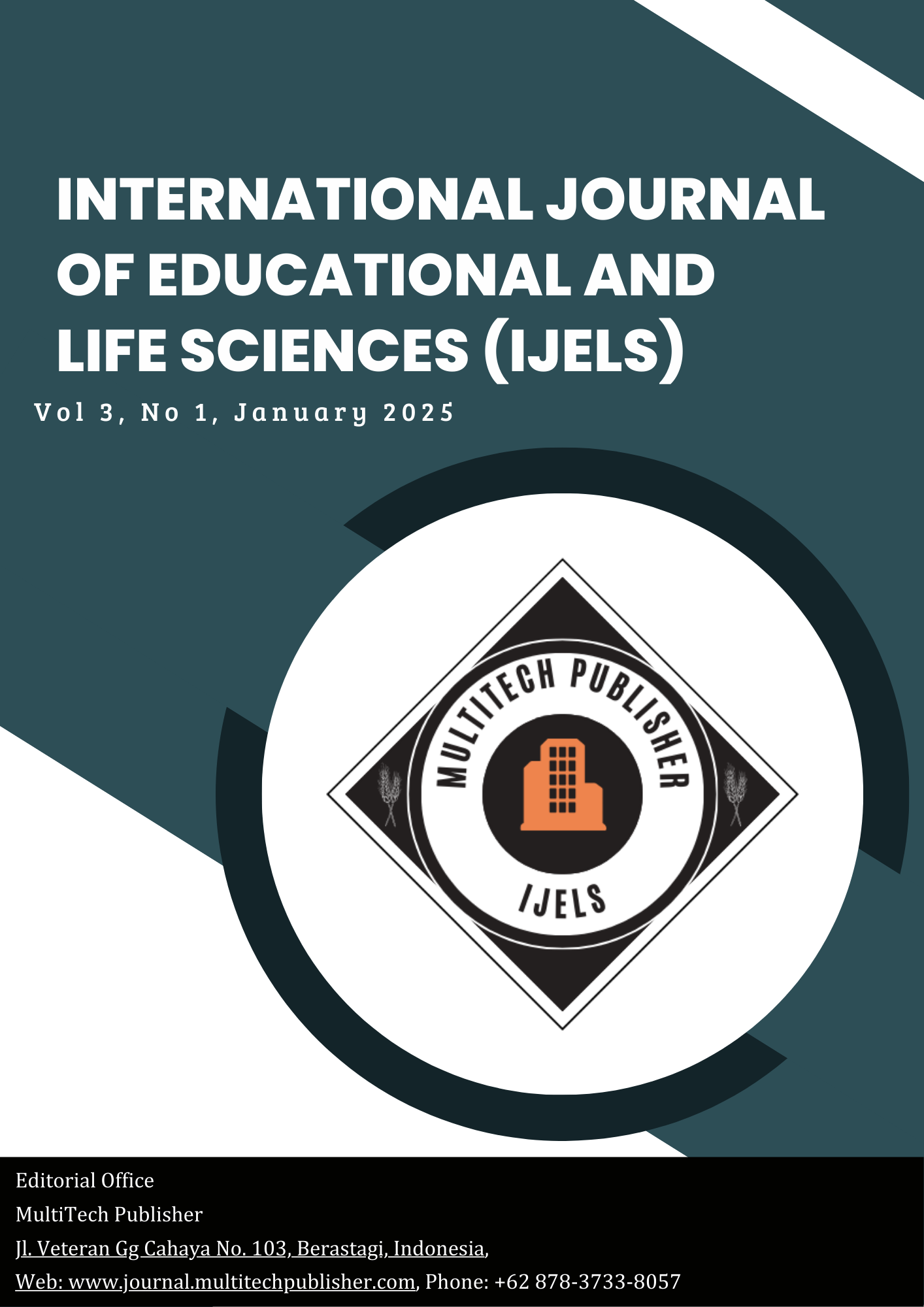Application of the K-Means Clustering Algorithm for Sales Analysis in a Padang Restaurant Business
DOI:
https://doi.org/10.59890/ijels.v3i1.213Keywords:
K-Means Clustering, Padang RestaurantAbstract
This study aims to apply the K-Means Clustering algorithm to analyze sales data and categorize products based on their sales performance, namely best-selling, moderately-selling, and least-selling products. The data used in this research comes from a Padang restaurant in Deltamas in 2022 to 2023. The research process began with data collection, followed by data cleaning and normalization using the Min-Max method, and then the application of the K-Means algorithm for clustering. The results show that the K-Means algorithm successfully grouped the products into three categories: Cluster 0 (best-selling products), Cluster 1 (moderately-selling products), and Cluster 2 (least-selling products). Thus, this study demonstrates that the K-Means algorithm can be used to cluster sales data and assist business owners in managing product inventory and making more informed decisions.
References
Dewi, A. O. P. (2020). Big Data di Perpustakaan dengan Memanfaatkan Data Mining. Anuva: Jurnal Kajian Budaya, Perpustakaan, Dan Informasi, 4(2), 223–230. https://doi.org/10.14710/anuva.4.2.223-230
Dodi Nofri Yoliad. (2023). Data mining Dalam Analisis Tingkat Penjualan Barang ElektronikMenggunakan Algoritma K-means. Insearch (Information System Research) Journal, 3(1).
Haditsah Annur. (2019). Penerapan Data Mining Menentukan Strategi Penjualan Variasi Mobil Menggunakan Metode K-Means Clustering (Studi Kasus Toko Luxor Variasi Gorontalo). Jurnal Informatika Upgris, 5(1), 40–45.
Hakim, Muhammad, L. (2021). Pengelompokan Data Transaksi Penjualan Menggunakan Algoritma Clustering K-Means Pada Toko an Nur. Nuevos Sistemas de Comunicación e Información, 2013–2015.
Kurniawati, I., Muhidin, A., & Eko, F. P. (2024). Klasifikasi Perpanjangan Kontrak Karyawan pada PTMilpo Menggunakan Algoritma Naive bayes. Riset Dan E-Jurnal Manajemen Informatika Komputer, 8, 1–11.
Lubis, W., Hamid, A., Murroh, A., Syekh Ali Hasan Ahmmad Addary Padangsidimpuan, U., Rizal Nurdin, J. T., & -Kota Padangsidimpuan, S. (2022). Strategi Pemasaran Rumah Makan Dalam Meningkatkan Konsumen (Studi Rumah Makan Porang Goti). Profjes, 01(01), 286–298.
Marisa, F. (2013). Educational Data Mining (Konsep Dan Penerapan). Jurnal Teknologi Informasi, 4(35), 90–97. https://doi.org/10.36382/jti-tki.v4i2.108
Muhidin, A., Danny, M., & Rivali, E. (2021). Grouping the spread of the covid-19 virus based on the positive case number, population and area width using the k-means clustering method. ILKOM Jurnal Ilmiah, 13(3), 314–321.
Salsabila, N. (2019). Klasifikasi Barang Menggunakan Metode Clustering K-Means Dalam Penentuan Prediksi Stok Barang ( Studi Kasus : Ukm Mar ’ Ah Jilbab Kediri ). http://etheses.uin-malang.ac.id/16985/
Yang, S., Pan, L., & Liu, S. (2019). An online algorithm for selling your reserved IaaS instances in Amazon EC2 marketplace. Proceedings of the 2019 IEEE International Conference on Web Services (ICWS), 296-303. https://doi.org/10.1109/ICWS.2019.00057






